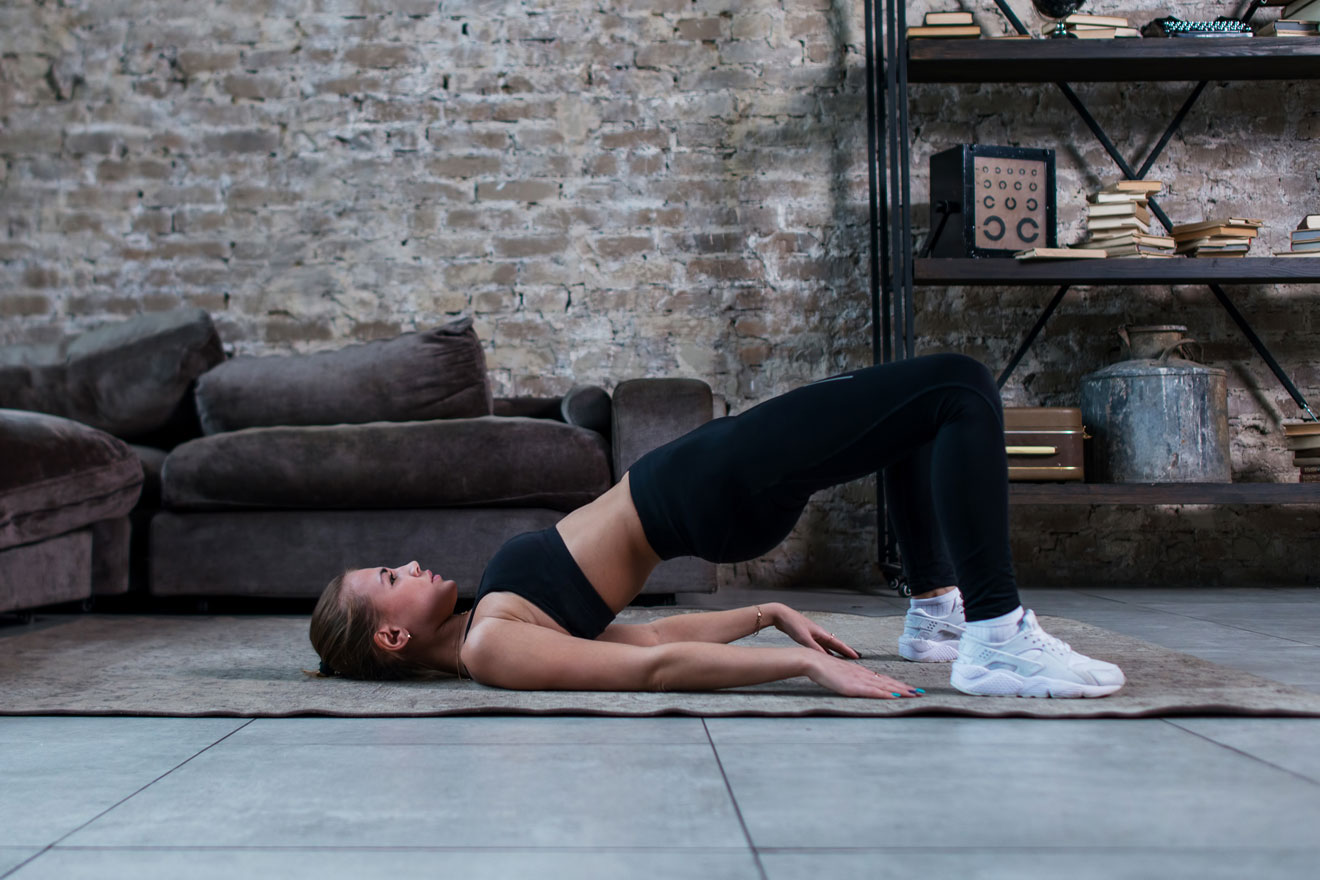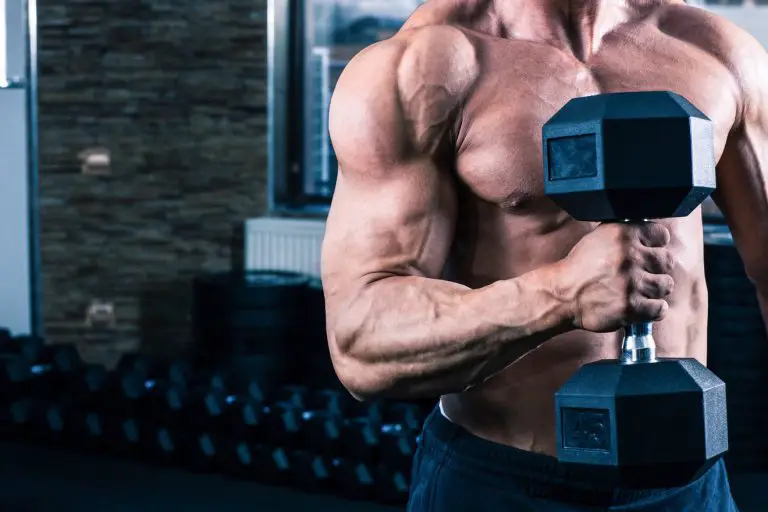The minimalist’s guide to effective home workouts
Key takeaways
- If going to the gym is too difficult, expensive or time consuming, home workouts are a good option to get a good workout and maintain your fitness.
- Principles of effective home workouts include progressive overload, variety, and consistency.
- Some challenges one might face in executing home workouts could be distractions at home and lack of motivation.
- One way to overcome this is to schedule your workouts and reduce possible distractions during that time.
No gym? No excuses
For those looking to get fit without the hassle of commuting to a gym or investing in expensive equipment, home workouts offer the perfect solution. With the right approach, you can achieve impressive results in terms of muscle gain, fat loss, and overall fitness using minimal equipment and space. This guide will help you design an efficient and sustainable workout routine at home, proving that less is often more.
The appeal of home workouts
Home workouts have gained immense popularity, and for good reason. They’re convenient, cost-effective, and customizable to fit any lifestyle. Without the distractions of a crowded gym or the need to schedule your workout around facility hours, you can focus entirely on your goals.
The minimalist approach emphasizes using your body weight or a few versatile tools to build strength, improve cardiovascular fitness, and burn calories. By eliminating the need for excessive gear, you can create a routine that is both time-efficient and effective.
The principles of effective home workouts
Designing an effective home workout doesn’t mean compromising on quality. The key lies in focusing on fundamental fitness principles: progressive overload, variety, and consistency.
Progressive overload involves gradually increasing the difficulty of your workouts to challenge your muscles. For example, you can increase repetitions, add resistance, or incorporate more advanced variations of exercises. Variety is also important because incorporating different types of exercises prevents boredom and ensures you target multiple muscle groups, keeping your routine balanced. One thing we also want to be able to do is workout with consistency. The most effective workout is the one you stick to. Find a schedule that fits your lifestyle and commit to it.
Essential equipment for minimalist workouts
While bodyweight exercises are powerful on their own, a few pieces of equipment can take your workouts to the next level. Here are some affordable and versatile options:
- Resistance bands: perfect for adding resistance to bodyweight movements, resistance bands are compact and allow for a wide range of exercises.
- Dumbbells or kettlebells: a single pair of adjustable dumbbells or a kettlebell can provide enough resistance for strength training at home.
- Exercise mat: a good mat offers comfort and stability for floor exercises like planks or yoga.
- Pull-Up bar: a doorway pull-up bar is great for upper-body exercises like pull-ups and chin-ups.
Structuring your minimalist workout routine
To maximize efficiency, focus on compound movements that engage multiple muscle groups. A balanced routine should include exercises for strength, cardio, and flexibility. Here’s a sample structure:
Strength training with bodyweight or minimal Equipment
Strength training is the foundation of any effective workout routine. It not only builds muscle but also boosts metabolism, aiding in fat loss. Some key exercises include: push-ups to target the chest, shoulders, and triceps. Variations like incline or decline push-ups can add difficulty. Squats to work the legs, glutes, and core. Add a resistance band for extra challenge. Plank variations to strengthen your core. Some variations you can do with planks are side planks and plank reaches. Lastly, include pull-ups or rows. You can use a pull-up bar or a resistance band to target your back and biceps.
High-Intensity Interval Training (HIIT) for cardio
HIIT is an excellent way to improve cardiovascular fitness and burn calories in a short amount of time. It also makes home workouts more effective because it can be performed with minimal to no equipment. What matters is that you alternate between intense activity and short rest periods. For example, you can do jumping jacks for 30 seconds followed by 15 seconds of rest. Follow with burpees or mountain climbers for another 30 seconds and rest again for 15 seconds.
Flexibility and mobility work
End each session with stretching or mobility exercises to improve flexibility and reduce the risk of injury. Incorporate moves like hip flexor stretches, hamstring stretches, or yoga poses like downward dog.
Tips for maximizing results at home
Success with home workouts relies on commitment and smart planning. To stay on track, use the following strategies. First, create a dedicated space. Even a small corner of your home can serve as your workout zone. Keep your equipment organized and ready to use. Next, set realistic goals. Make sure to define clear, measurable goals, such as completing 20 push-ups or holding a plank for a minute. Another strategy you can do is to track your progress. Use a journal or an app to log your workouts, reps, and weights to monitor improvement. To stay accountable, share your fitness goals with a friend or join an online community to stay motivated. Lastly, incorporate rest days. Allow time for recovery to avoid burnout and injuries.
Overcoming common challenges of home workouts
Home workouts come with their own set of challenges, such as distractions or lack of motivation. To overcome these, set a schedule. Treat your home workouts like an appointment. Choose a time that works best for you and stick to it. Consider the pros and cons of morning workouts vs evening workouts. Next is minimize distractions. Put away your phone, turn off the TV, and let family members know when you’re exercising. Last, stay inspired. Update your routine regularly to keep it exciting. Try new exercises or follow an online program for variety.
The long-term benefits of minimalist workouts
Minimalist workouts are more than just a short-term solution—they promote sustainable fitness habits. By focusing on fundamental movements and making exercise a consistent part of your routine, you’ll see long-term improvements in strength, endurance, and overall health. Additionally, training at home reduces the reliance on external factors like gym availability, making it easier to maintain your fitness routine during busy periods or unexpected circumstances.
Keep it simple and doable
Effective home workouts don’t require an elaborate setup or hours of your day. With minimal equipment and a focus on foundational fitness principles, you can achieve impressive results. Whether your goal is to build muscle, lose fat, or simply stay active, the minimalist approach proves that simplicity can be just as powerful as complexity.
Written with the assistance of AI. Reviewed and edited by Marielle Livelo.







